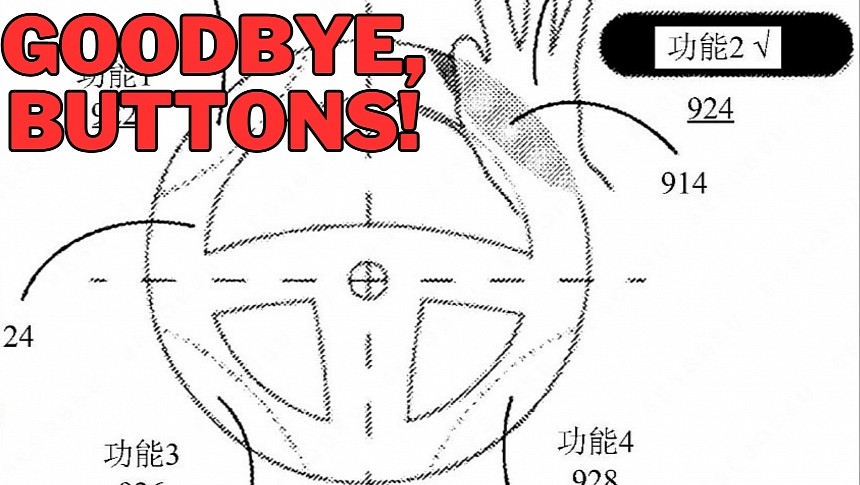Huawei is one of the tech giants already working on their expansions to the automotive market. Still, compared to its competitors, the Chinese tech behemoth relies on software and technology to increase its presence in this new industry.
Apple is now working on an electric vehicle, while Google uses Android Automotive to become a top player in the auto world. Huawei partnered with carmakers to provide the necessary software for next-generation technology, as HarmonyOS can power infotainment capabilities and vehicle functions for safe and connected driving.
People familiar with the matter said Huawei didn't give up on building a vehicle from scratch, though the company officially never confirmed this strategy. I don't expect Huawei to discuss such a plan anytime soon, as producing a car would turn it into a competitor for traditional carmakers, essentially turning its current partners into rivals in the same market.
In the meantime, Huawei explores new ways to conquer the automotive industry, patenting new technology that could one day make its way to cars (either its own or produced by partners).
Its latest such concept is a steering wheel with integrated hand gestures, allowing drivers to perform specific tasks much faster. In theory, drivers can always keep their hands on the steering wheel even if they want to control the music playback or adjust the volume.
The patent filing indicates the steering wheel would use multiple radial segments, and each segment would integrate technology to detect hand gestures. The system would allow you to perform certain operations, such as swiping up and down on the steering wheel to increase and decrease the music volume. Other gestures, such as a double tap on the steering wheel, could allow changing the song or launching the digital assistant.
Eventually, the system would pave the way for smarter steering wheel designs with fewer buttons. Huawei's technology would make volume and media buttons redundant. However, it could also replace other buttons in the long term if the technology finds a straightforward way to conduct more operations (such as setting up cruise control).
Huawei's technology is still in the patent stage, and you'd better not hold your breath for a production version. Patents serve as a way to protect innovative ideas, but more often than not, companies end up shelving the technology.
Huawei is a troubled tech giant whose current strategy revolves around the Chinese market. The company was the subject of international sanctions that blocked it from using technology developed by American firms, including software and hardware. Huawei started the development of in-house replacements, including for Google services that were initially bundled with its devices. HarmonyOS replaces Android, whereas applications in the Petal suite serve as alternatives to Google solutions, including Google Maps.
People familiar with the matter said Huawei didn't give up on building a vehicle from scratch, though the company officially never confirmed this strategy. I don't expect Huawei to discuss such a plan anytime soon, as producing a car would turn it into a competitor for traditional carmakers, essentially turning its current partners into rivals in the same market.
In the meantime, Huawei explores new ways to conquer the automotive industry, patenting new technology that could one day make its way to cars (either its own or produced by partners).
Its latest such concept is a steering wheel with integrated hand gestures, allowing drivers to perform specific tasks much faster. In theory, drivers can always keep their hands on the steering wheel even if they want to control the music playback or adjust the volume.
The patent filing indicates the steering wheel would use multiple radial segments, and each segment would integrate technology to detect hand gestures. The system would allow you to perform certain operations, such as swiping up and down on the steering wheel to increase and decrease the music volume. Other gestures, such as a double tap on the steering wheel, could allow changing the song or launching the digital assistant.
Eventually, the system would pave the way for smarter steering wheel designs with fewer buttons. Huawei's technology would make volume and media buttons redundant. However, it could also replace other buttons in the long term if the technology finds a straightforward way to conduct more operations (such as setting up cruise control).
Huawei's technology is still in the patent stage, and you'd better not hold your breath for a production version. Patents serve as a way to protect innovative ideas, but more often than not, companies end up shelving the technology.
Huawei is a troubled tech giant whose current strategy revolves around the Chinese market. The company was the subject of international sanctions that blocked it from using technology developed by American firms, including software and hardware. Huawei started the development of in-house replacements, including for Google services that were initially bundled with its devices. HarmonyOS replaces Android, whereas applications in the Petal suite serve as alternatives to Google solutions, including Google Maps.

















